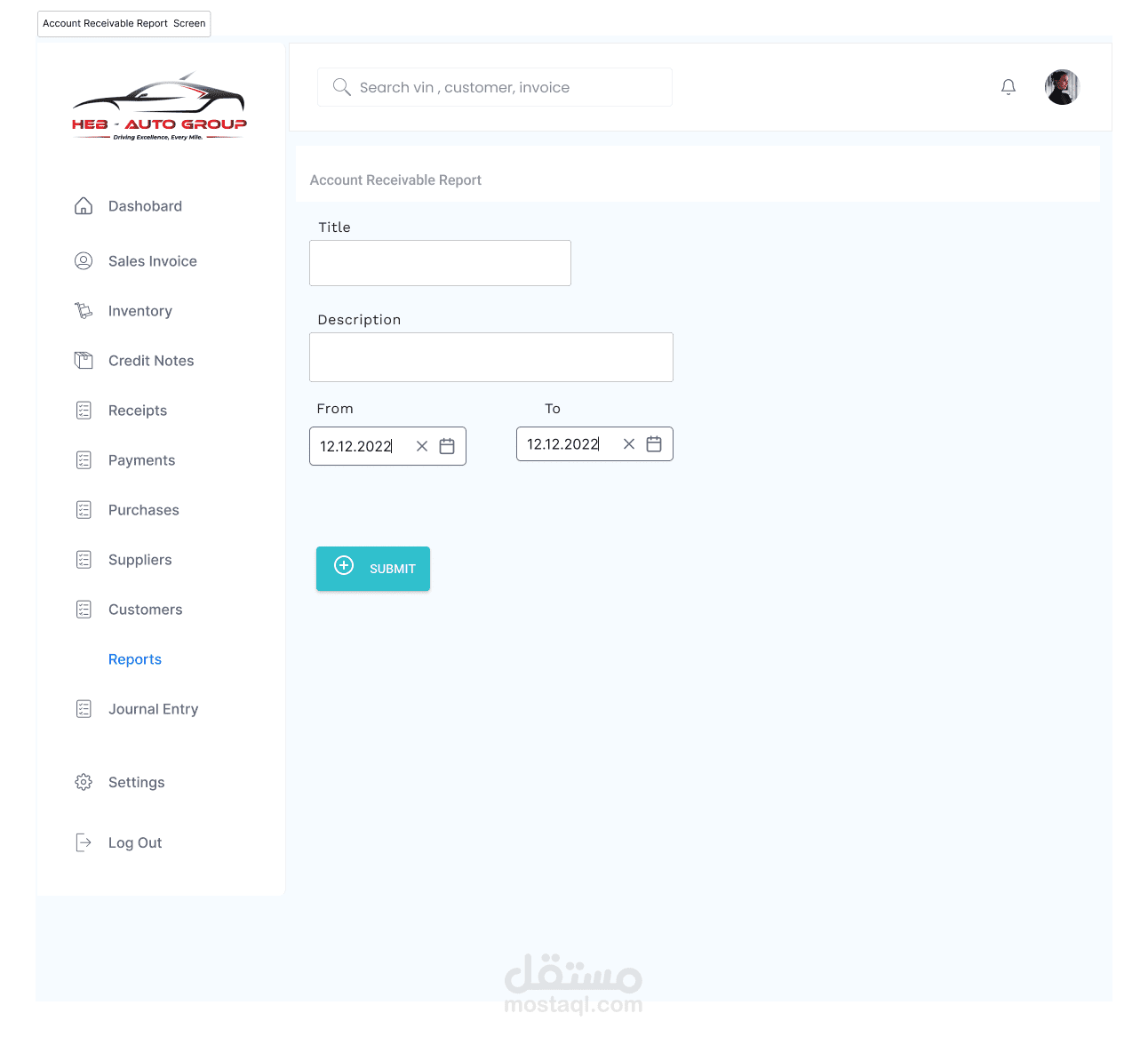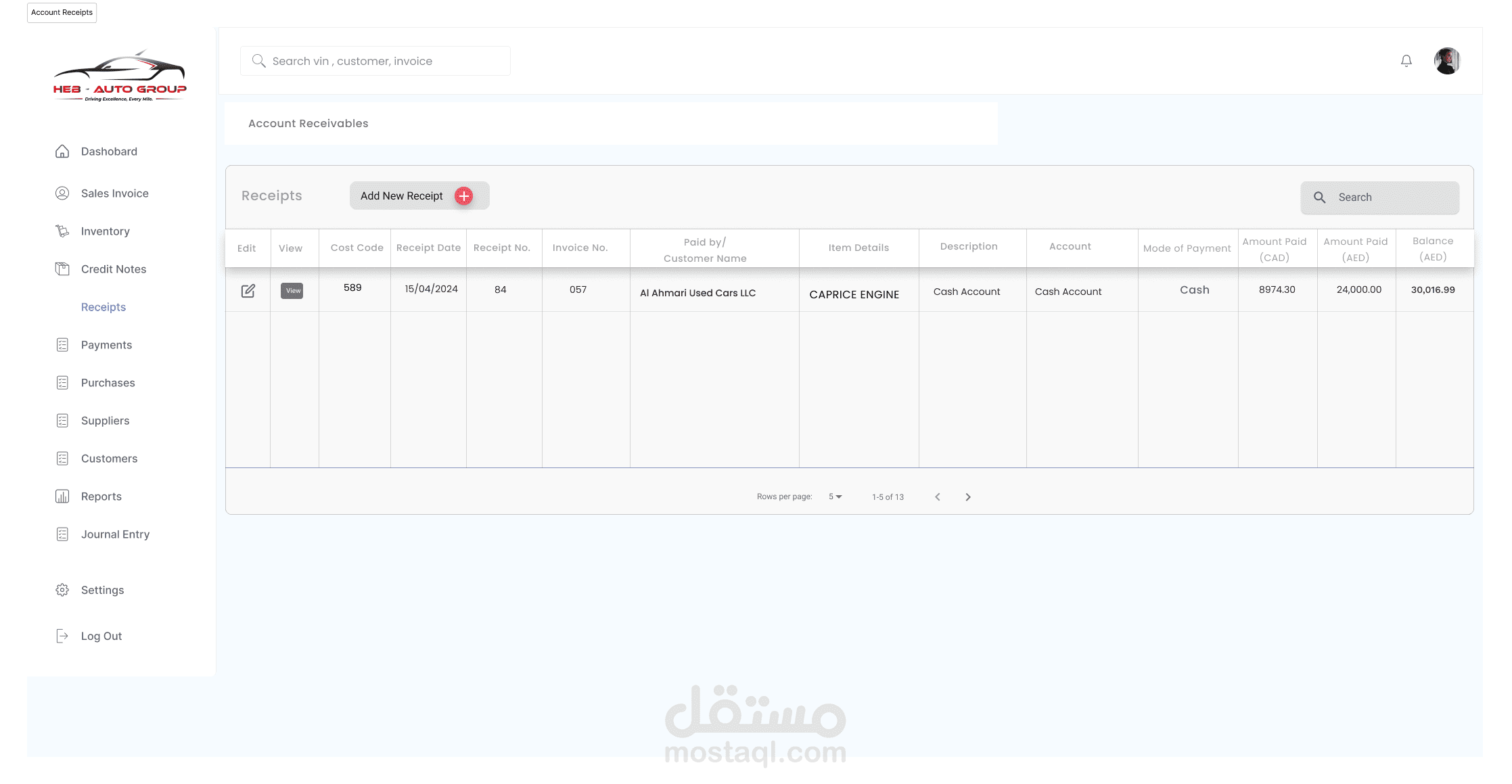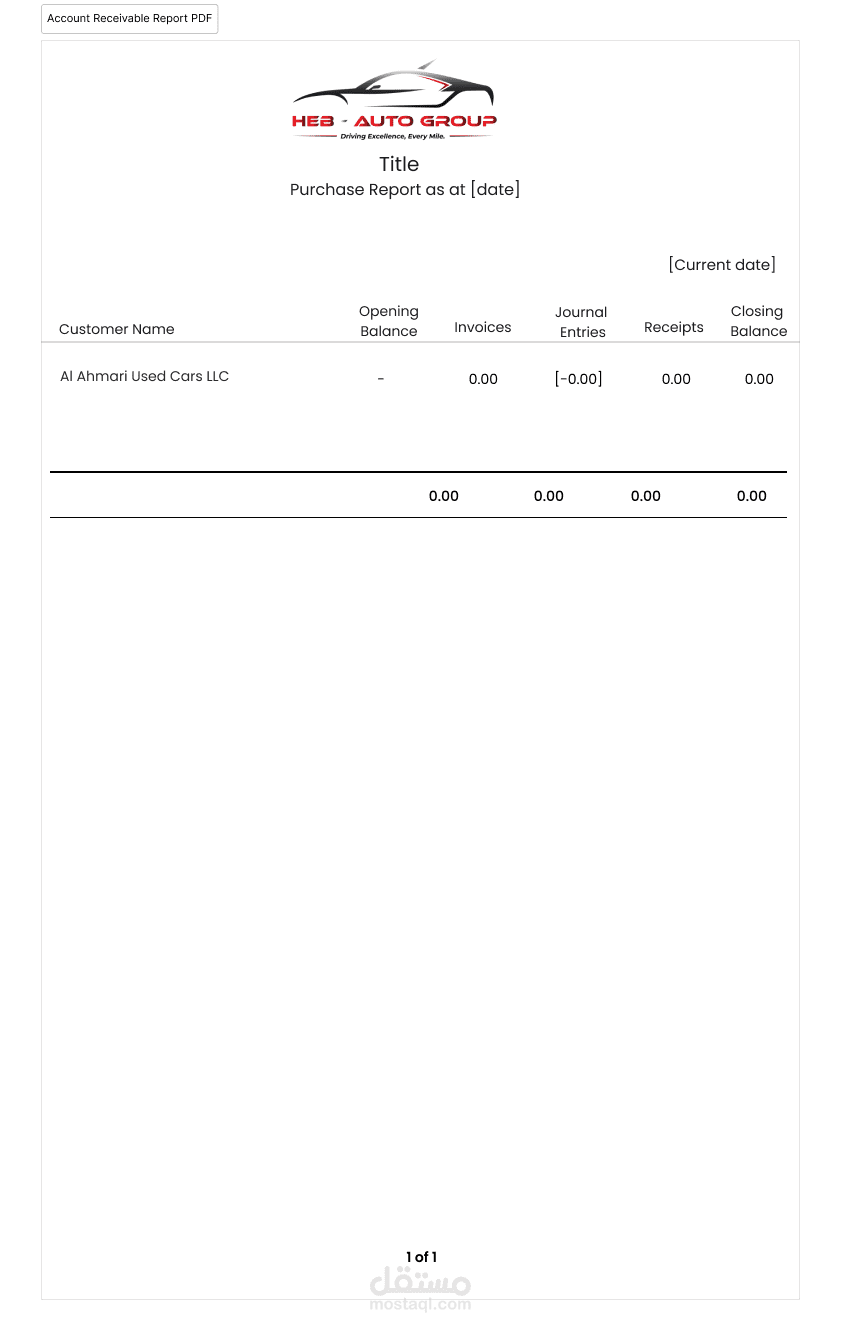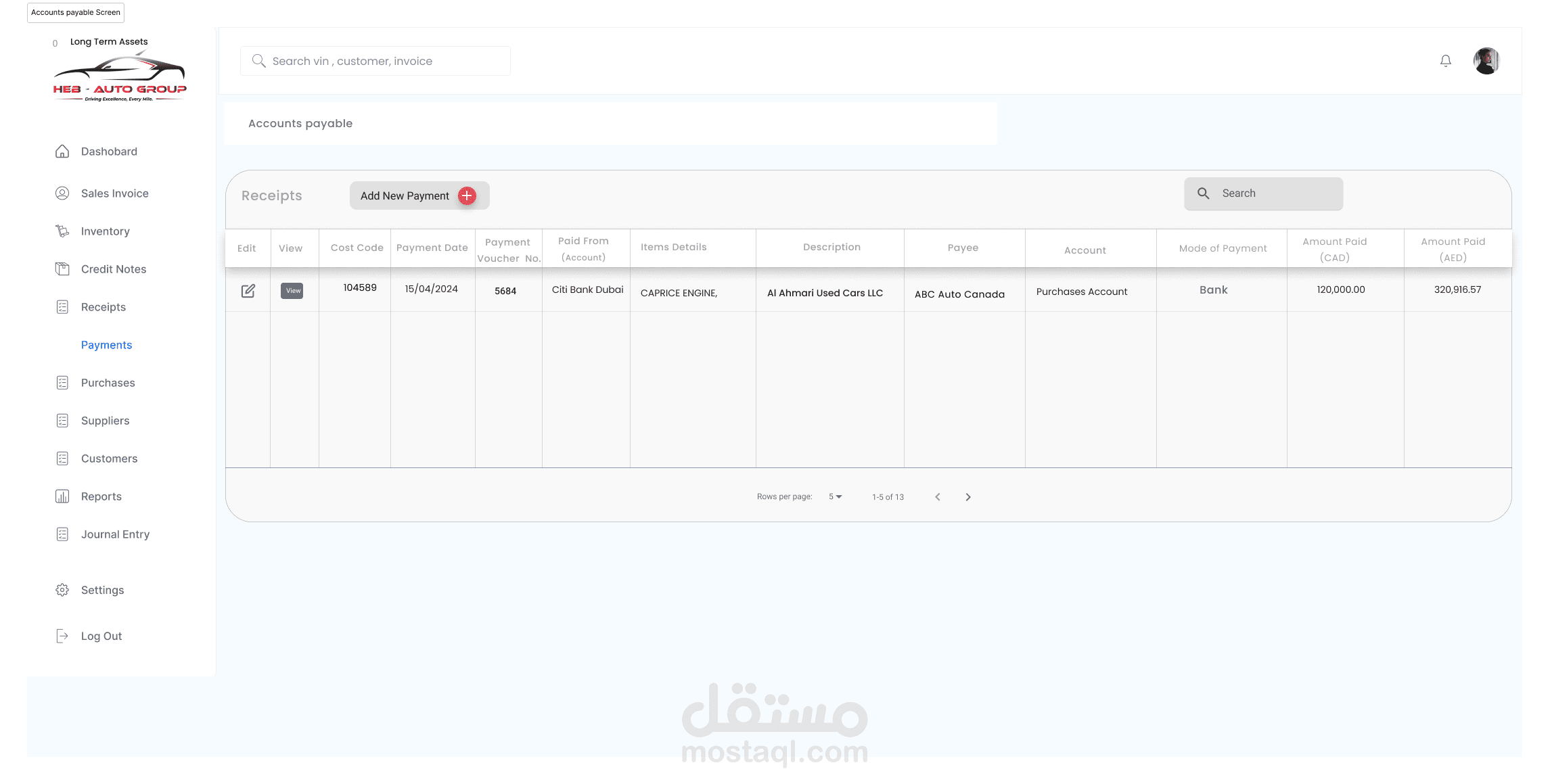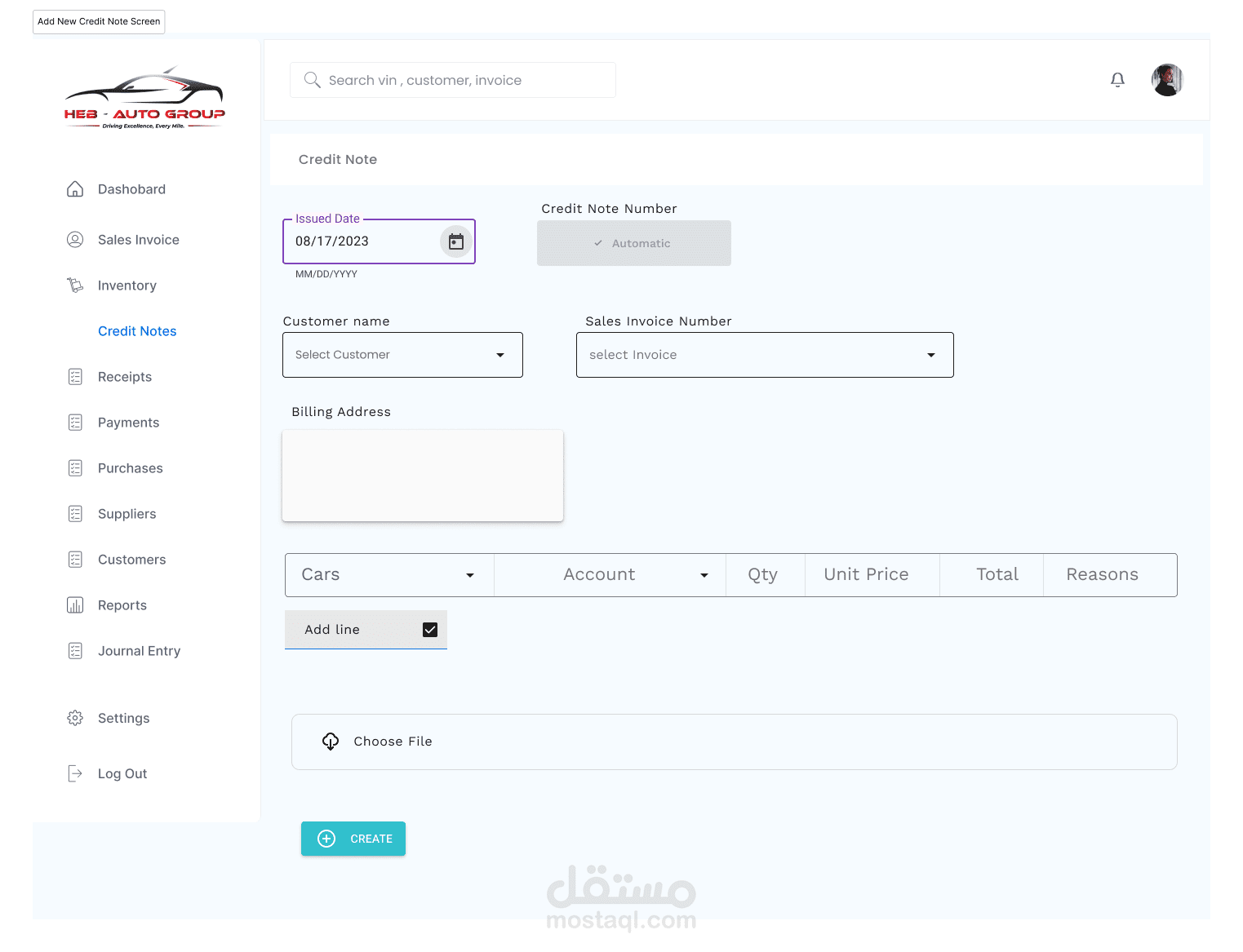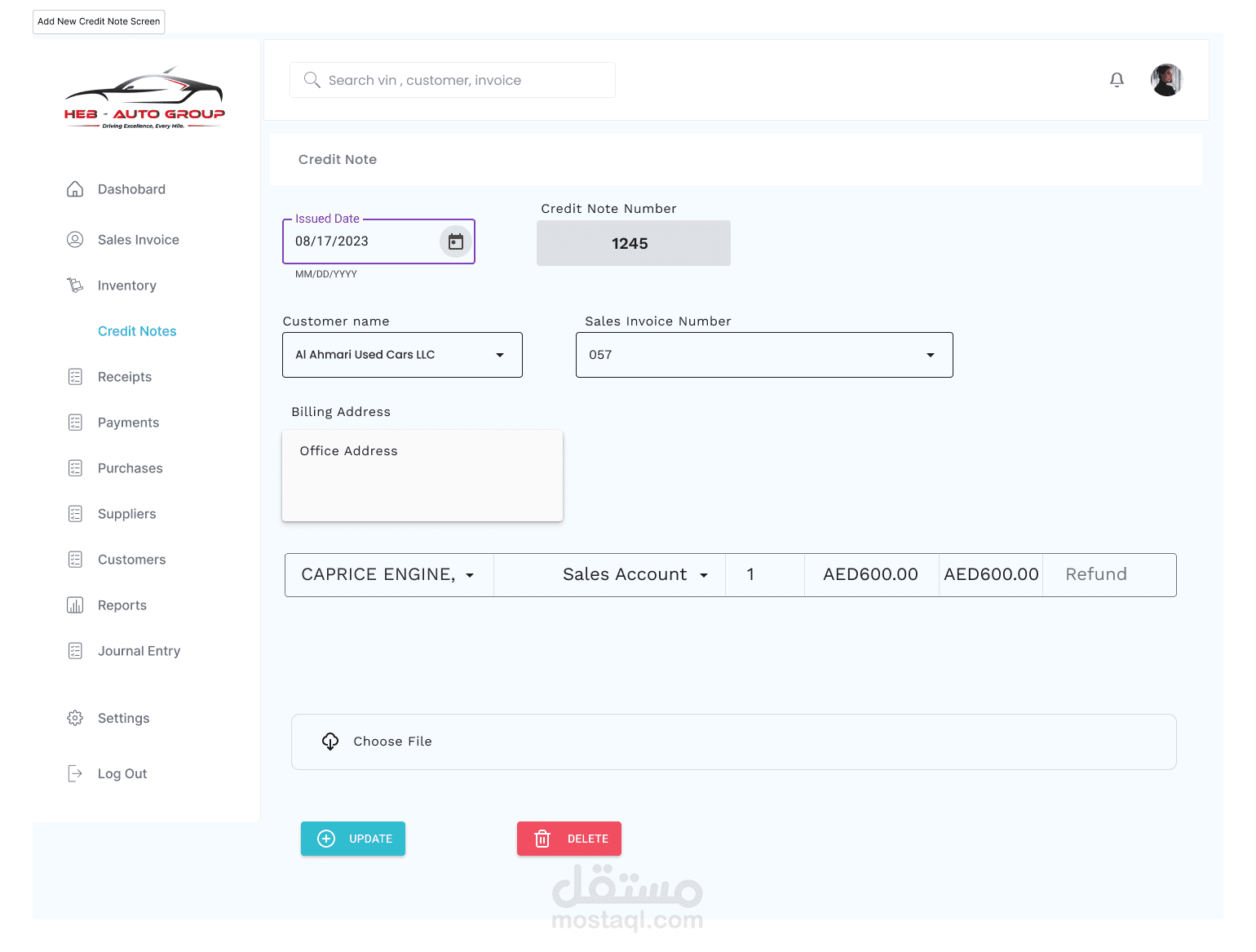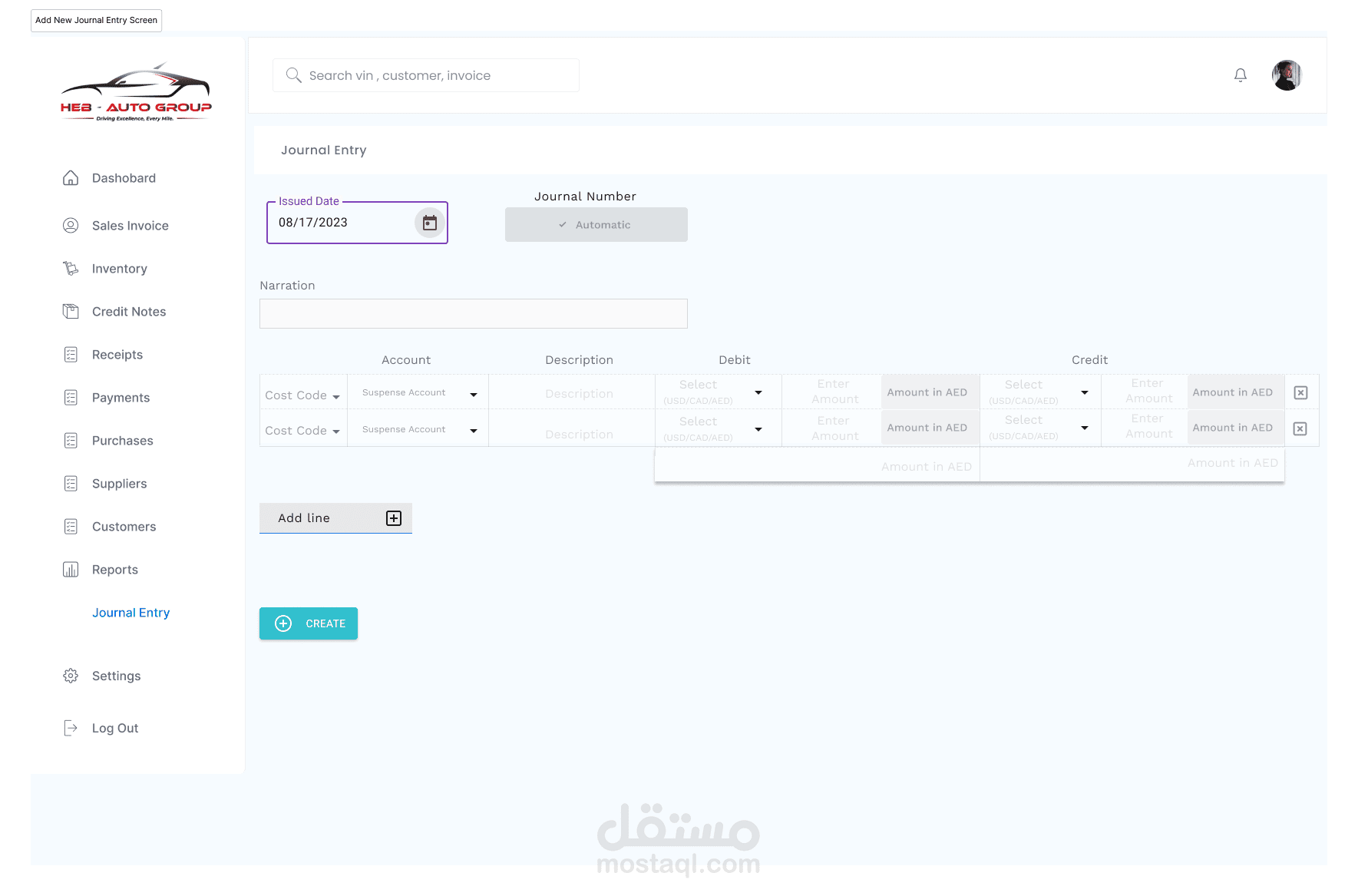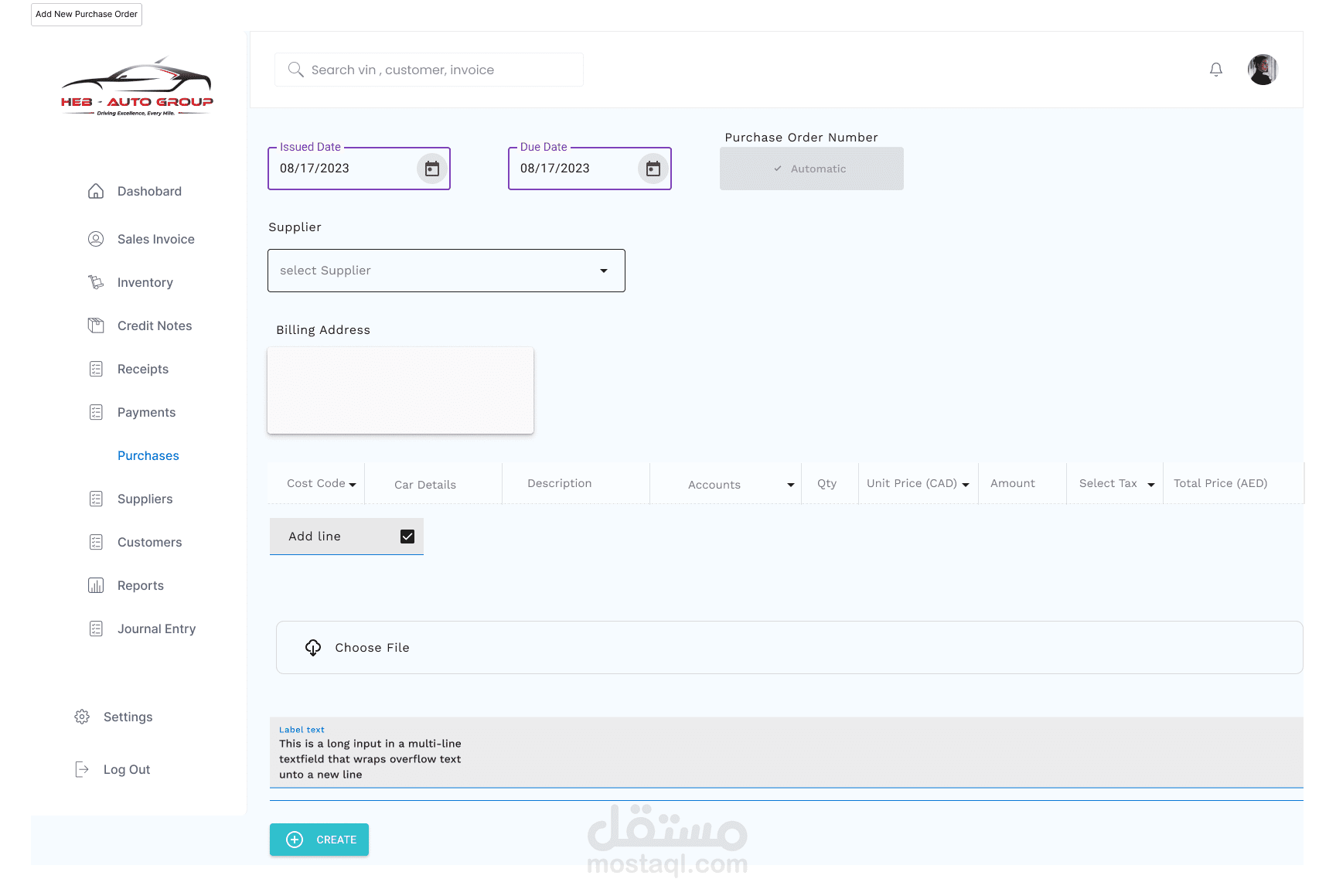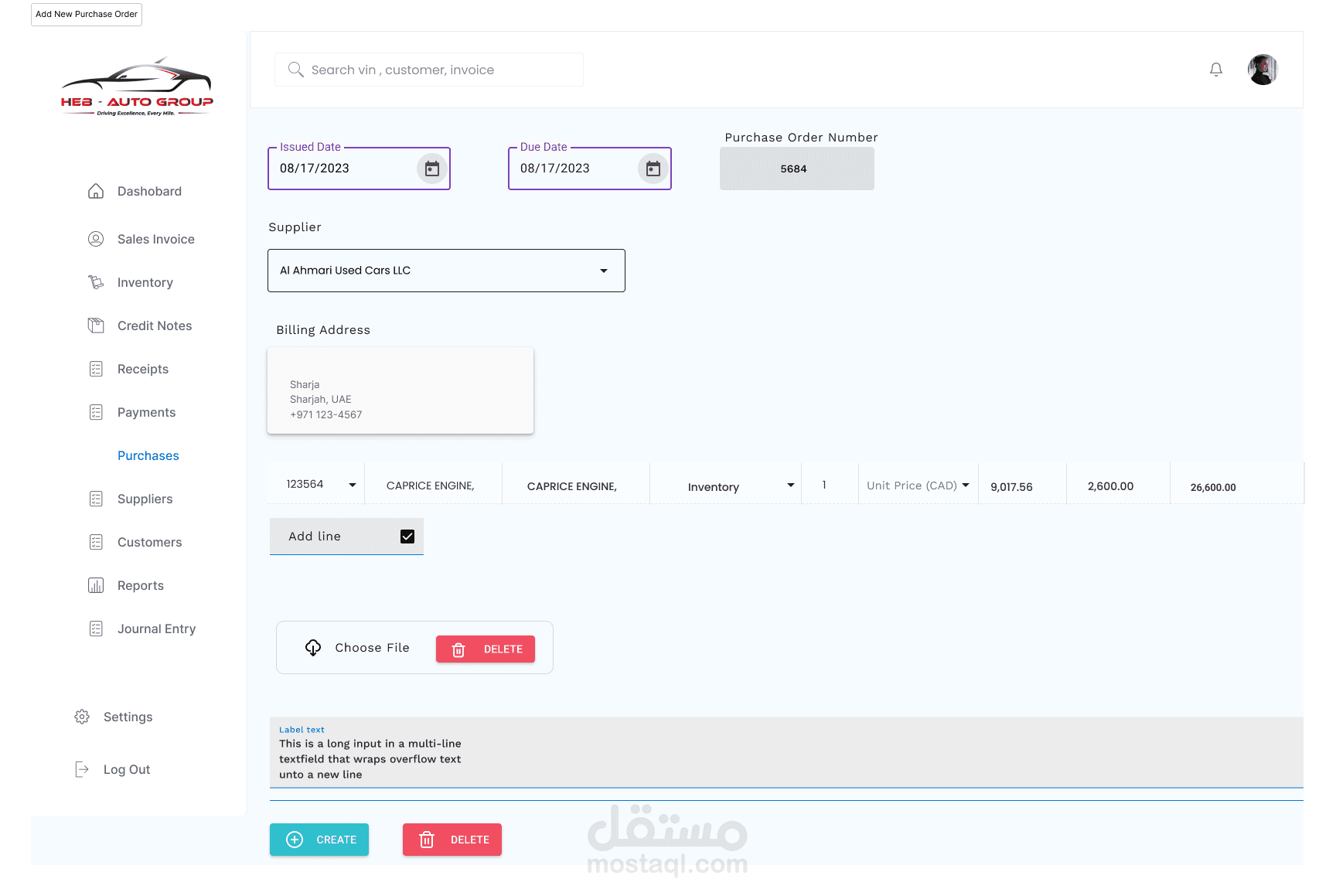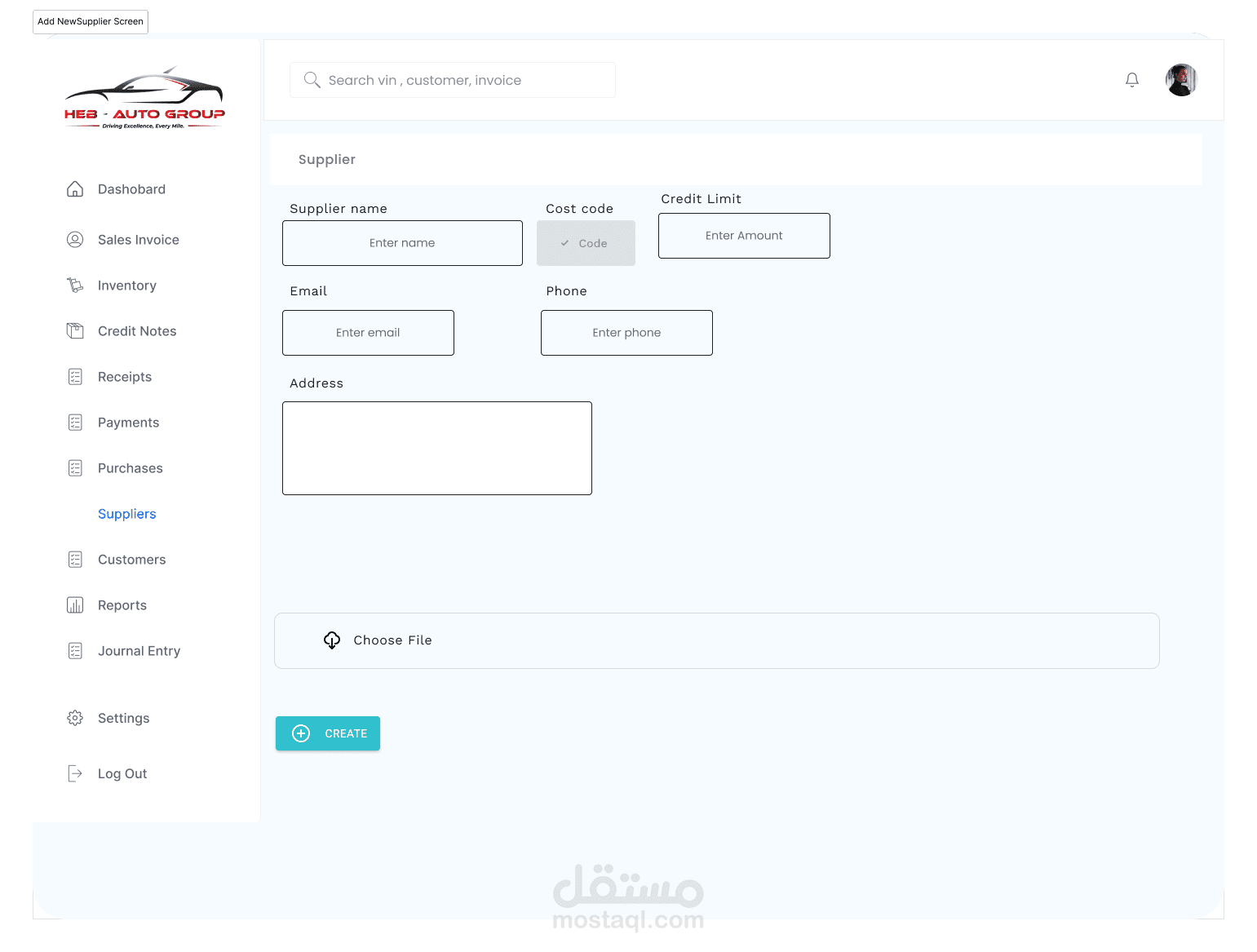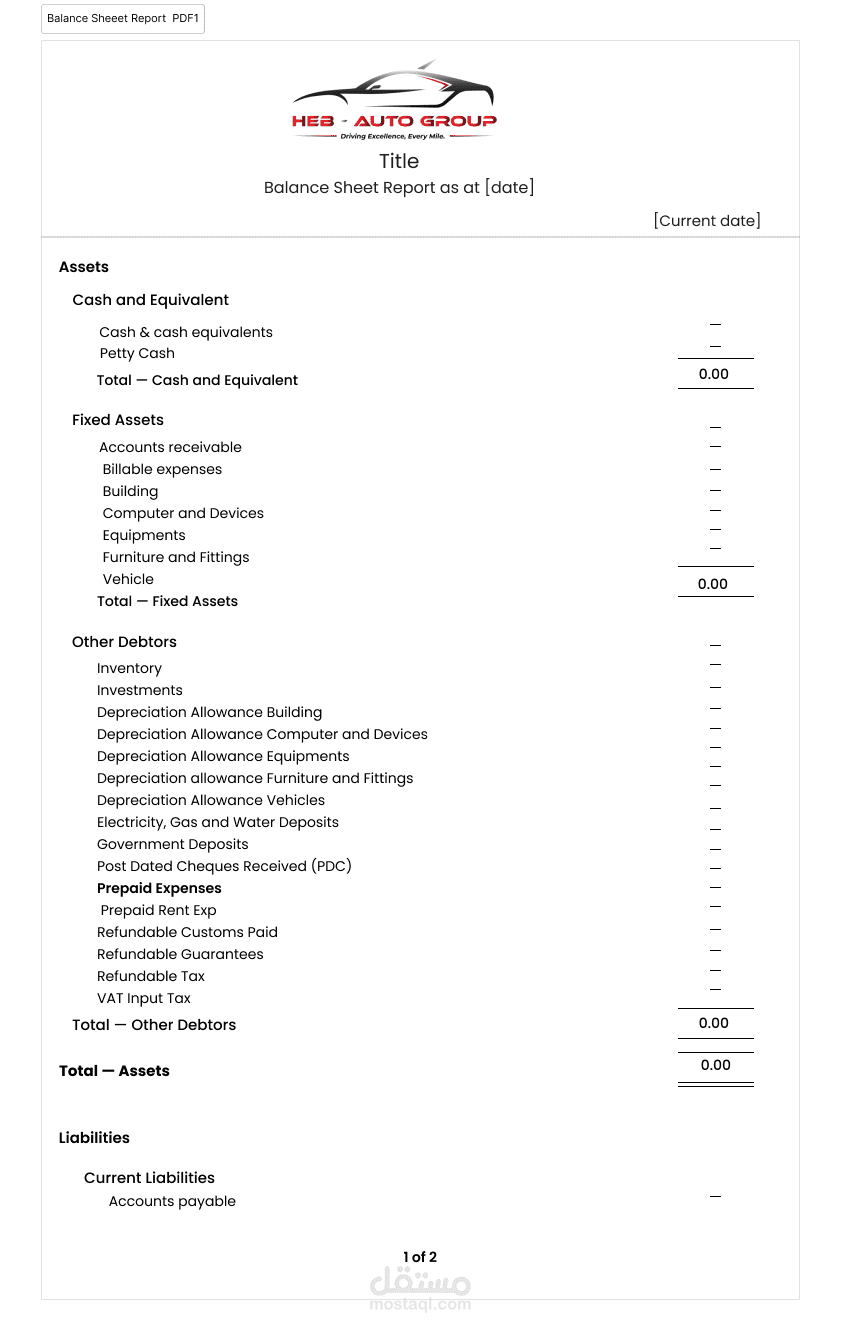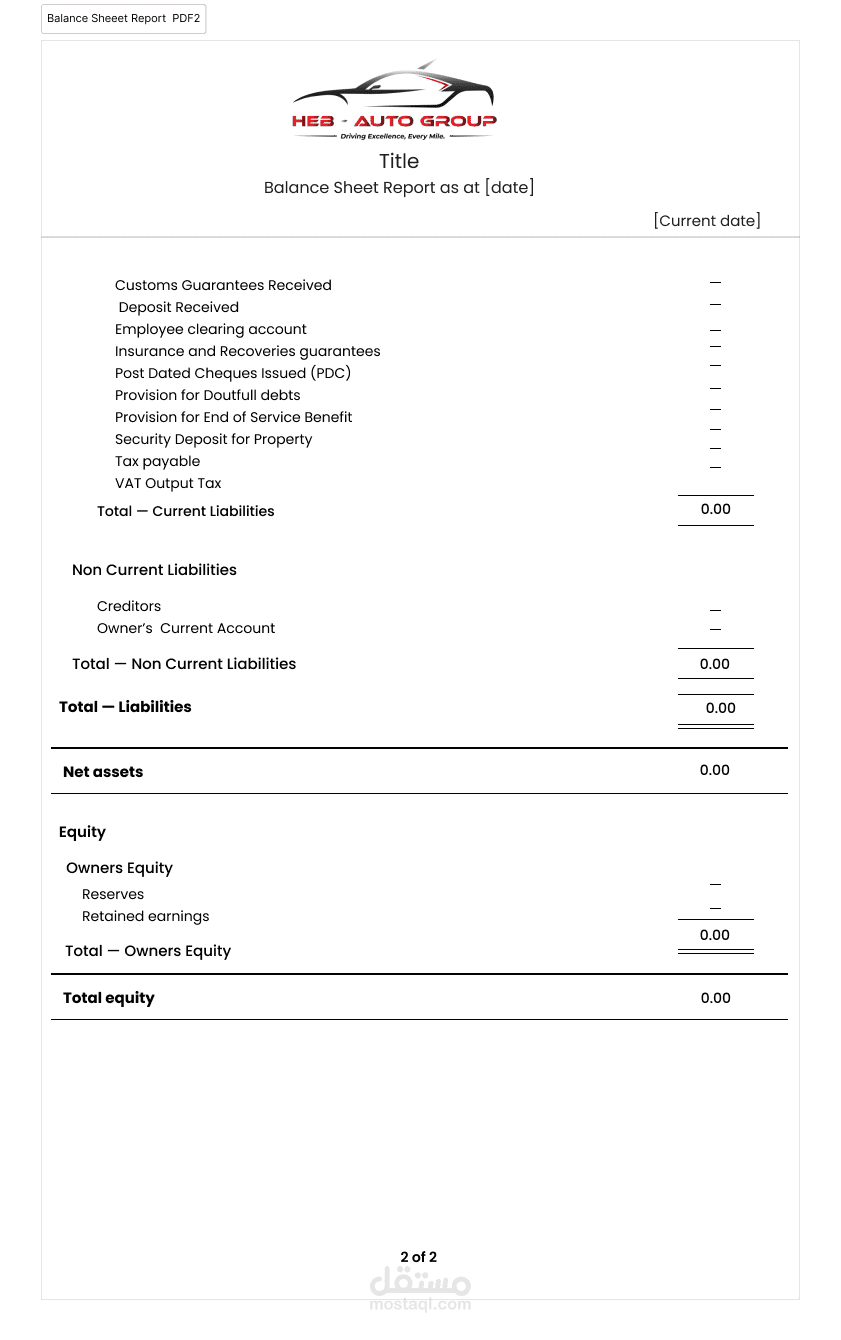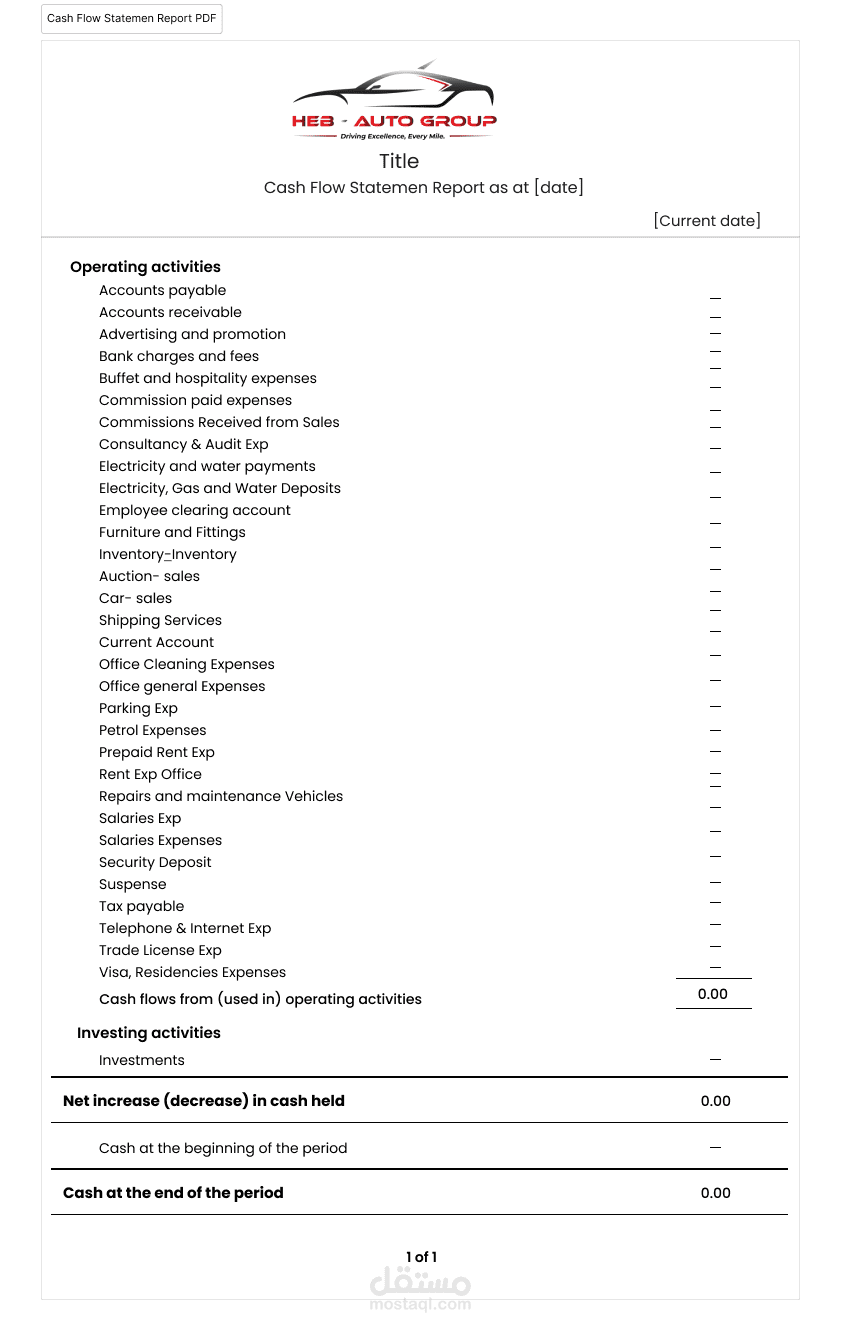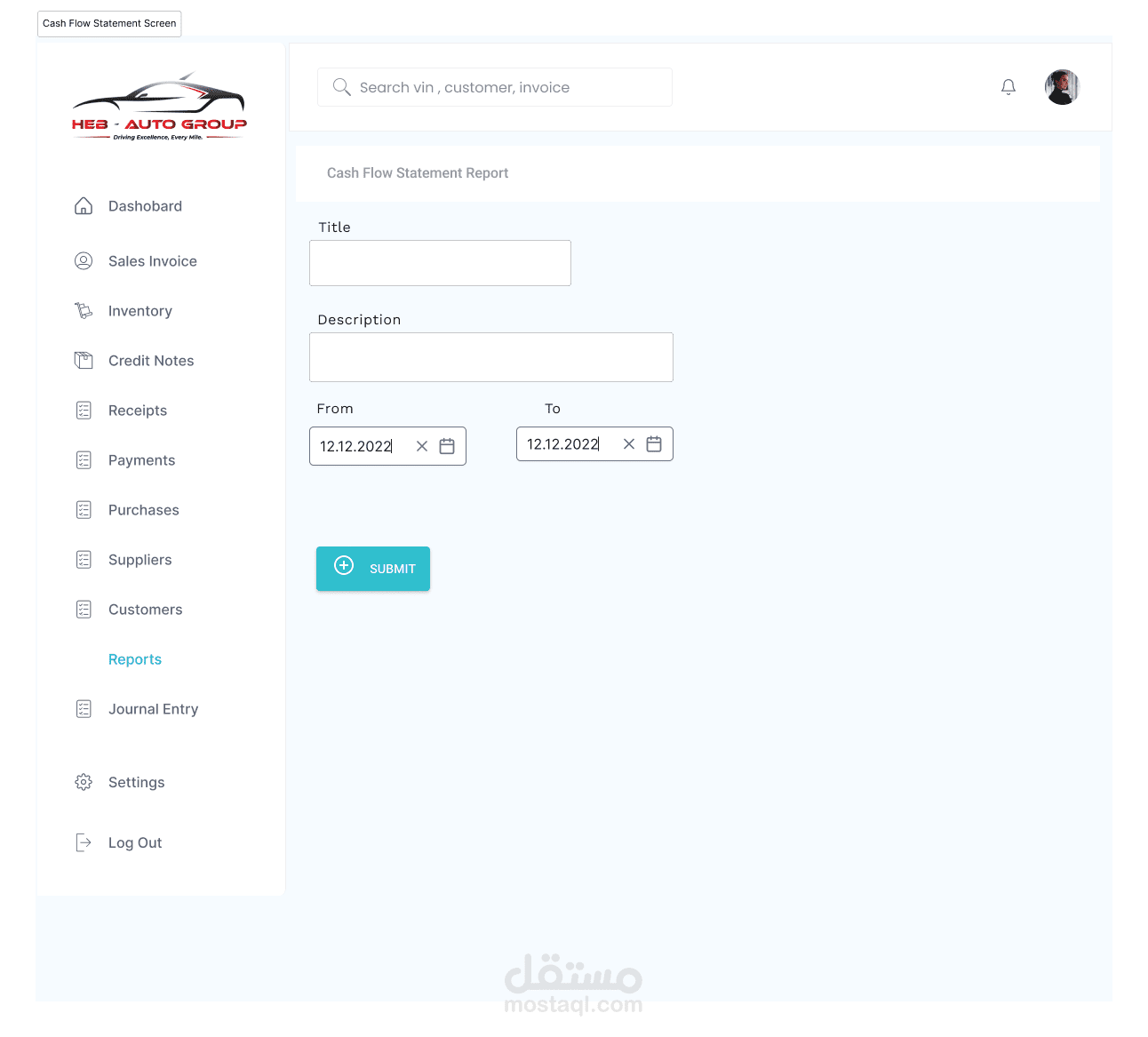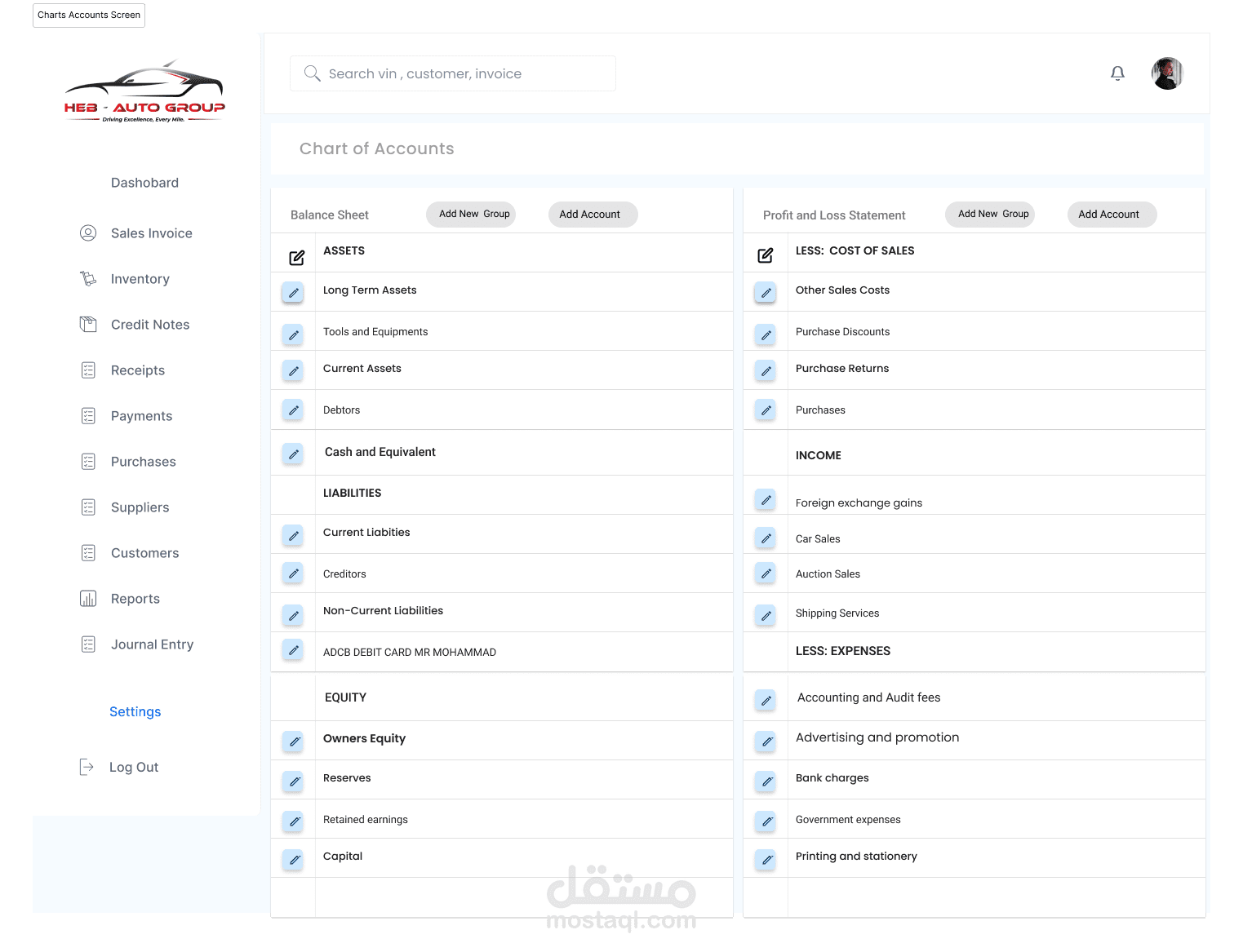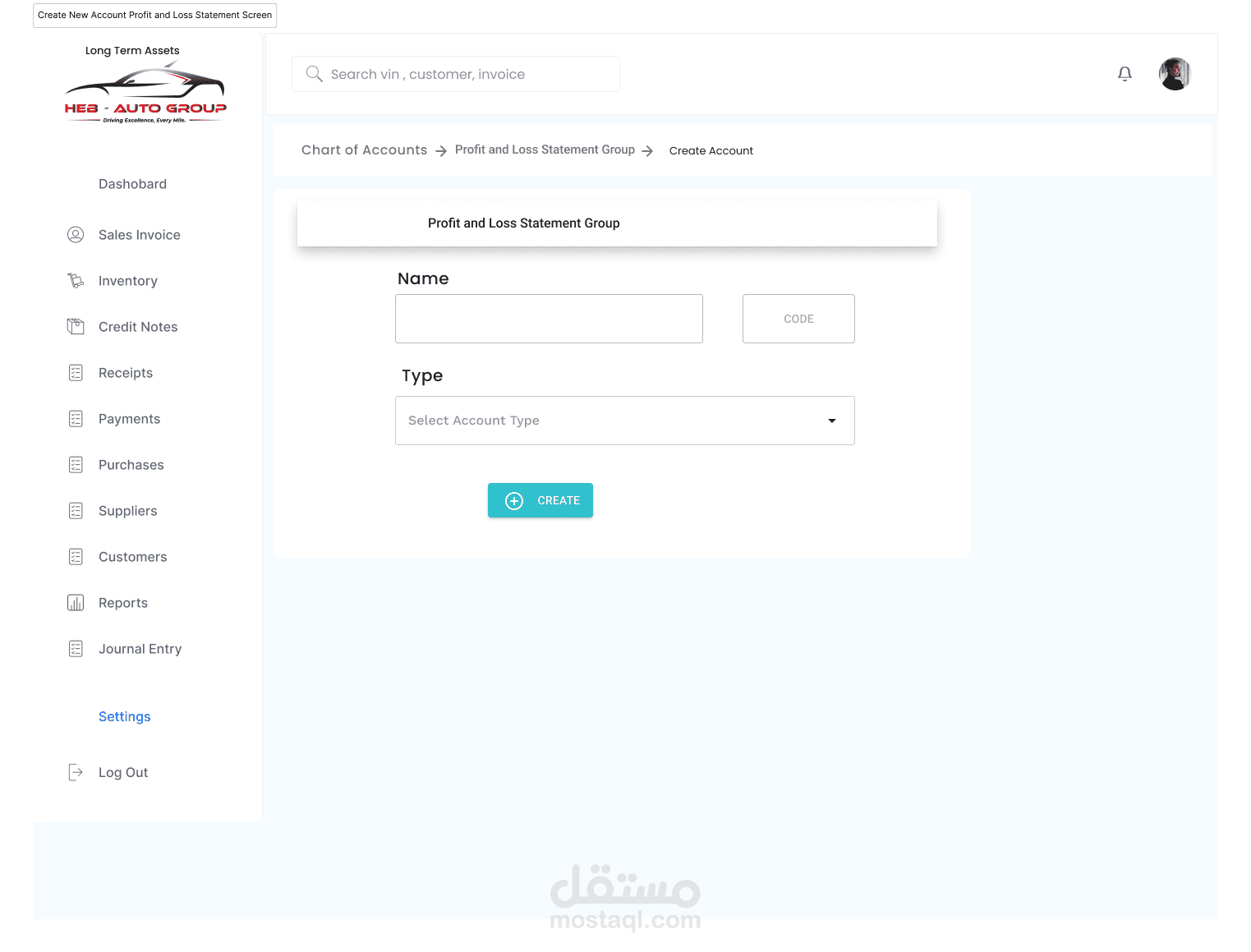Accounting system - HebautoGroup
تفاصيل العمل
An accounting system is a comprehensive framework used to manage and record financial transactions of a business or organization. It encompasses various processes and tools to ensure accurate tracking of financial activities, including:
General Ledger: Central repository for all financial transactions, categorized into accounts such as assets, liabilities, equity, revenues, and expenses.
Accounts Receivable: Manages incoming payments from customers, tracks outstanding invoices, and ensures timely collection of revenues.
Accounts Payable: Manages outgoing payments to vendors, tracks due invoices, and ensures timely payment of obligations.
Payroll: Handles employee compensation, including salaries, wages, bonuses, and deductions, and ensures compliance with tax regulations.
Financial Reporting: Generates reports such as income statements, balance sheets, and cash flow statements to provide insights into the financial health of the organization.
Bank Reconciliation: Ensures that the organization's financial records match with bank statements, identifying and resolving discrepancies.
Expense Management: Monitors and controls expenditures, including budgeting and expense tracking.
Tax Management: Assists in preparing and filing tax returns, ensuring compliance with tax laws and regulations.
The system typically integrates with other business applications and provides tools for data analysis, forecasting, and decision-making. It aims to improve accuracy, efficiency, and transparency in financial management.
Arabic Translation:
نظام المحاسبة هو إطار شامل يُستخدم لإدارة وتسجيل المعاملات المالية لشركة أو منظمة. يشمل النظام عمليات وأدوات متعددة لضمان تتبع دقيق للأنشطة المالية، بما في ذلك:
الدفتر العام: مستودع مركزي لجميع المعاملات المالية، يتم تصنيفها إلى حسابات مثل الأصول، والخصوم، وحقوق الملكية، والإيرادات، والمصروفات.
الحسابات المستحقة القبض: يدير المدفوعات الواردة من العملاء، ويتتبع الفواتير غير المدفوعة، ويضمن جمع الإيرادات في الوقت المناسب.
الحسابات المستحقة الدفع: يدير المدفوعات الصادرة للبائعين، ويتتبع الفواتير المستحقة، ويضمن دفع الالتزامات في الوقت المحدد.
الرواتب: يتعامل مع تعويضات الموظفين، بما في ذلك الرواتب، والأجور، والمكافآت، والخصومات، ويضمن الامتثال للوائح الضريبية.
التقارير المالية: ينشئ تقارير مثل بيانات الدخل، والميزانيات العمومية، وبيانات التدفقات النقدية لتوفير رؤى حول الصحة المالية للمنظمة.
تسوية الحسابات البنكية: يضمن تطابق السجلات المالية للمنظمة مع بيانات البنك، ويقوم بتحديد وحل أي تفاوتات.
إدارة المصروفات: يراقب ويتحكم في النفقات، بما في ذلك إعداد الميزانيات وتتبع المصروفات.
إدارة الضرائب: يساعد في إعداد وتقديم الإقرارات الضريبية، ويضمن الامتثال لقوانين وأنظمة الضرائب.
عادةً ما يندمج النظام مع تطبيقات الأعمال الأخرى ويوفر أدوات لتحليل البيانات، والتنبؤ، واتخاذ القرارات. يهدف إلى تحسين الدقة والكفاءة والشفافية في إدارة المال
